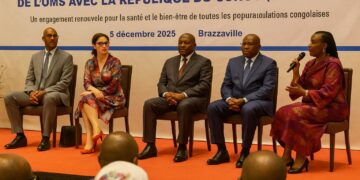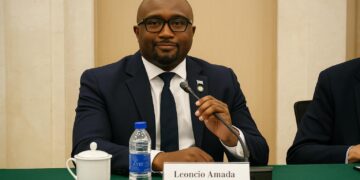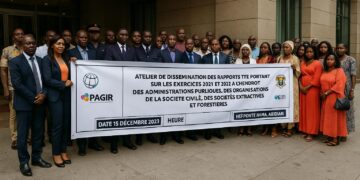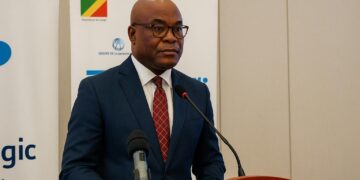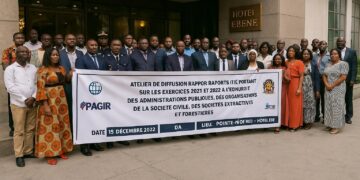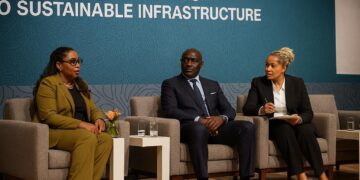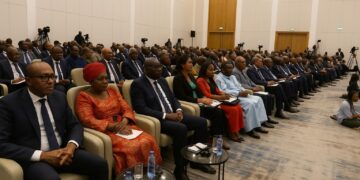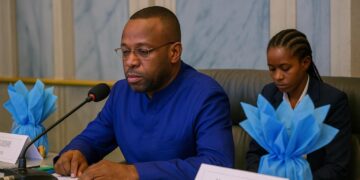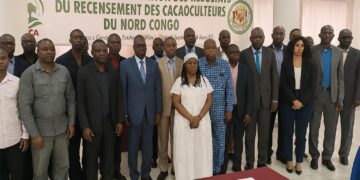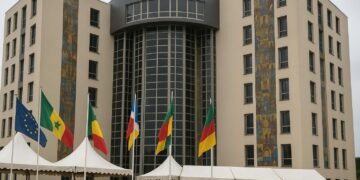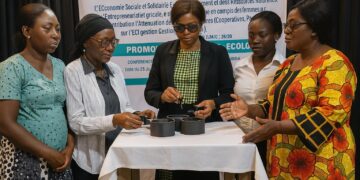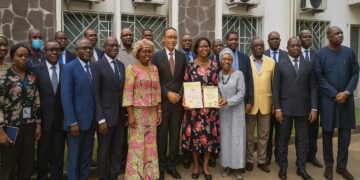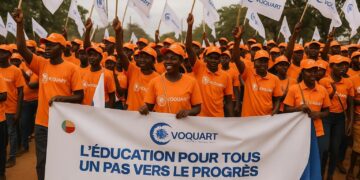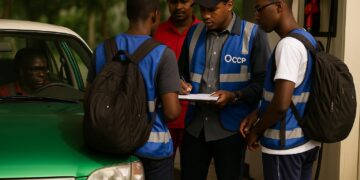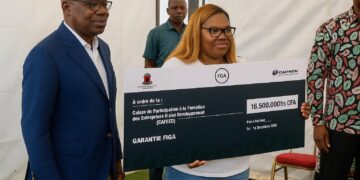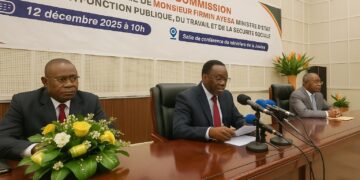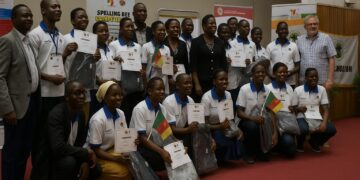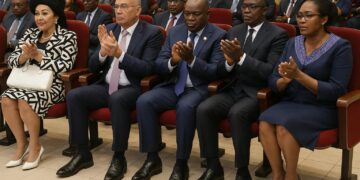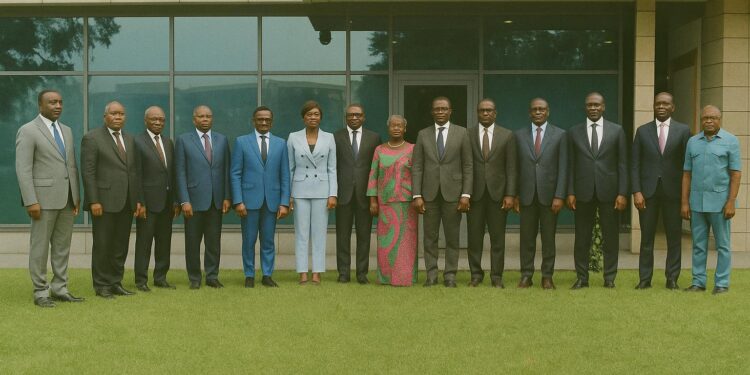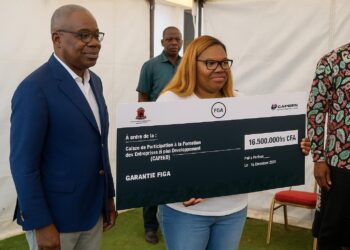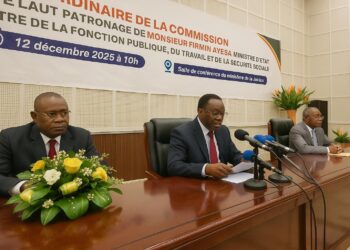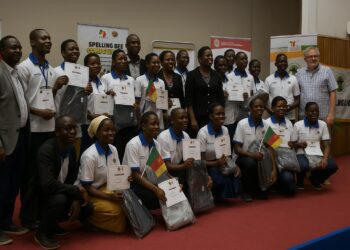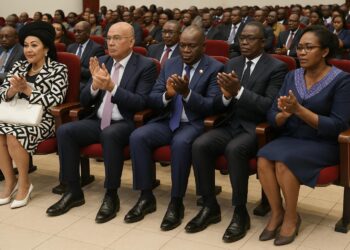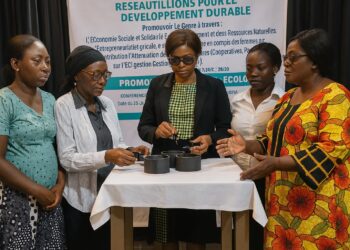Strategic Significance of the 17 Percent Rise
The validation of 3.592 billion FCFA for the 2025 work plan of the Programme to Accelerate Institutional Governance and Reforms (Pagir) is more than an accounting footnote. It reflects Brazzaville’s intention to uphold an ambitious reform trajectory at a moment when global liquidity conditions remain tight and domestic revenue faces cyclical pressures. Diplomats familiar with the dossier observed that the additional 17 percent, endorsed during the extraordinary steering-committee session of 8 July, is broadly aligned with the state’s objective of consolidating gains in public-financial management that began after the 2022 debt-reprofiling exercise (World Bank, 2024).
Broader Reform Agenda Behind the Numbers
New budget lines tell a larger story. The upcoming revision of the Investment Charter is expected to modernise incentive frameworks and reassure investors concerned by long permitting timelines. Preparatory work for the 2027-2031 National Development Plan will provide the medium-term policy compass, while the drafting of a country manual for World Bank–financed projects should shorten disbursement lags that have occasionally stalled health and education interventions. By reserving funds for an external firm to recruit project-management staff, authorities seek to professionalise units that have previously relied on ad hoc secondments. According to senior officials in the Ministry of Economy, these additions reinforce the state’s pivot from emergency budgeting toward strategic, results-based spending.
Financing Architecture and World Bank Engagement
Pagir is implemented under the Program-for-Results instrument, an arrangement that disburses tranches once clearly defined indicators—such as audit coverage or procurement lead-times—are met. The World Bank envelope of 100 million USD remains fully intact, yet the domestic co-financing component now absorbs a larger share of recurrent costs, signalling stronger ownership in line with the Addis Ababa Action Agenda on financing for development. A World Bank implementation note circulated in April highlighted “notable progress” in revenue mobilisation, citing a six-point rise in the tax-to-GDP ratio between 2021 and 2023, though it encouraged “continued vigilance on expenditure commitment controls”.
Public Procurement and Performance Benchmarks
The steering committee, chaired by Special Adviser to the Prime Minister Gervais Bouiti Viaudo, devoted considerable time to the state of public procurement. Market-share data presented during the session indicated that electronic bidding now covers close to half of central-government contracts, up from nineteen percent two years ago. Verification experts from the Supreme Audit Institution will conduct an independent review during the fourth quarter, a prerequisite for the next disbursement. Observers from the Economic and Monetary Community of Central Africa argue that Congo’s gradual shift toward e-procurement could eventually serve as a regional template, provided that interoperability with the regional single treasury platform is secured (CEMAC Secretariat, 2024).
Political-Economy Context and Leadership Perspective
The Congolese executive frames Pagir as a flagship instrument within President Denis Sassou Nguesso’s broader modernisation agenda. In a recent panel at the Africa-Caribbean summit, Minister of Economy Ingrid Olga Ghislaine Ebouka-Babackas stressed that “fiscal integrity and public-service performance are indispensable to economic diversification.” Her remarks echo the national development vision that prioritises agro-industry, digital services and energy transformation. Analysts note that the reinforced budget underscores confidence in domestic absorptive capacity, countering earlier scepticism that reform momentum might taper off as post-pandemic exigencies recede.
Looking Toward 2025 and Beyond
With the envelope now secured, implementation will determine whether expectations translate into measurable improvements in classroom completion rates, clinic availability and investor sentiment. Preparatory work on the 2027-2031 plan offers an avenue for aligning Pagir’s monitoring framework with Sustainable Development Goal metrics, thereby enhancing transparency for both partners and citizens. Diplomats posted in Brazzaville view the July decision as a sign that the government is prepared to match rhetoric with resources, a narrative that could prove persuasive in forthcoming climate-finance negotiations and in the next International Monetary Fund review (IMF Article IV, 2023).
If execution stays on schedule, the 2025 vintage of Pagir may well become an emblem of the administration’s capacity to adapt governance structures to pressing socio-economic imperatives. Conversely, any slippage would delay anticipated efficiency gains. For now, the 3.6 billion FCFA allocation stands as a tangible commitment to sustaining the momentum of institutional reform—reaffirming Congo’s intent to build resilient, accountable and performance-oriented public services.


